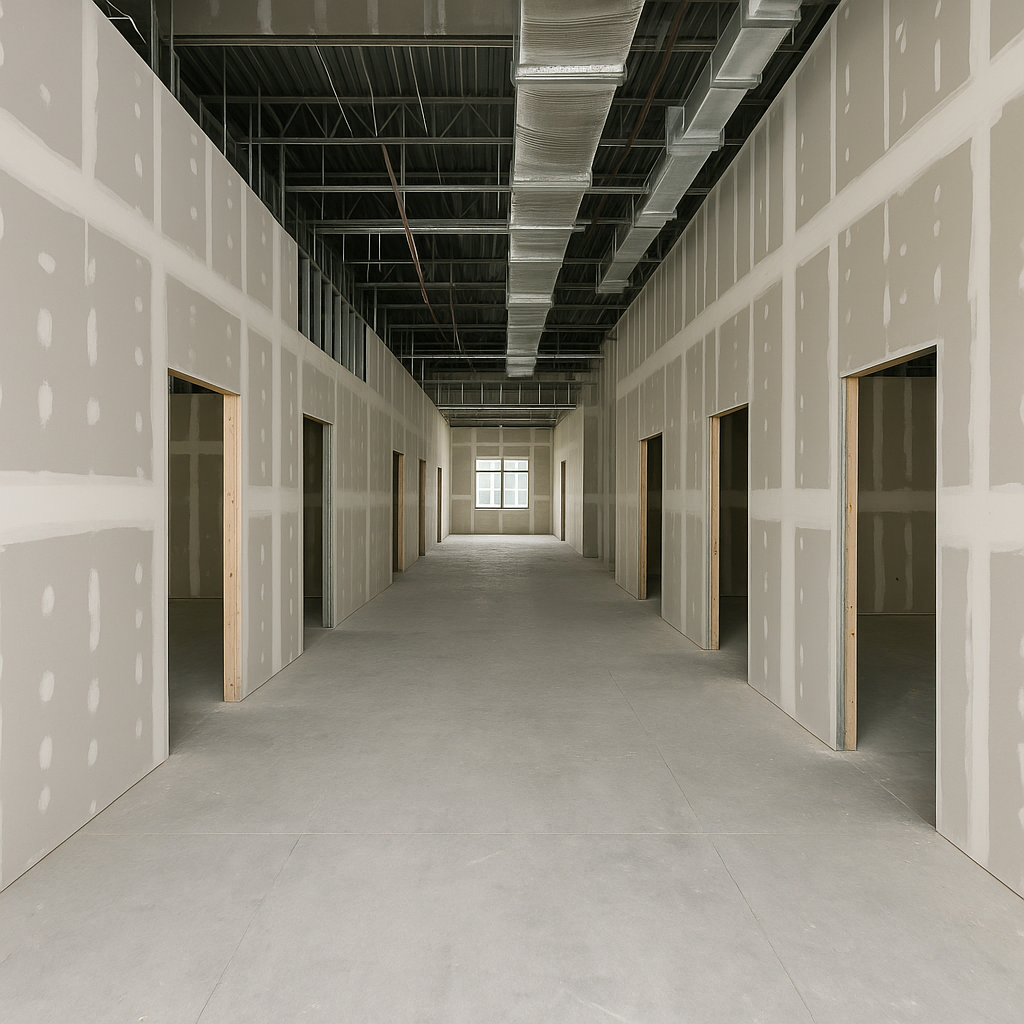
Scope creep in drywall estimating doesn’t just affect budgets—it erodes trust, inflates timelines, and creates friction among teams. For Architects, Engineers, and General Contractors, managing scope boundaries is critical to maintaining control of both project vision and bottom line. In a trade like drywall, where change orders can stem from subtle shifts in design or incomplete coordination details, the challenge is real—and avoidable with the right process in place.
Scope creep refers to the gradual expansion of work beyond the original contract or bid package. In drywall estimating, this often happens due to:
Each of these introduces additional cost and labor, but if not properly tracked and approved, they fall back onto the subcontractor—often uncompensated.
While some adjustments are expected, unmonitored scope creep can result in:
These costs are rarely visible on the surface but compound across large-scale commercial projects. Preventing scope creep starts with clarity—before pricing begins.
One of the most effective ways to prevent scope creep is through a structured, data-informed estimating process. By referencing past project data and using detailed condition breakdowns, estimators can flag potential areas of change before they happen. With a platform like Active Estimating, teams can use iterative estimates, version tracking, and scoped item tagging to control what’s included—and what isn’t—at each pricing phase.
Estimating tools specifically built for drywall scope—such as this drywall estimating software—enable tighter control of scope items. These platforms track subjective changes across design versions, and allow visual markup and filtering of added conditions, making it easy to call out scope drift during the RFQ or value engineering phases.
Drywall scope creep doesn’t start with dramatic change—it creeps in through missed details, unclear specs, or unchallenged assumptions. With a transparent estimating workflow, version-controlled updates, and structured feedback loops, contractors can keep scope contained. Platforms like Active Estimating make it possible to price with precision and defend your margins from concept to completion.
Contact Information:
Active Estimating
508 2nd Street, Suite 208
Davis
California
95616
Rich Schoener
richard@activeestimating.com
(877)
Schedule a personalized demo to see how Active Estimating can work for your specific needs.
